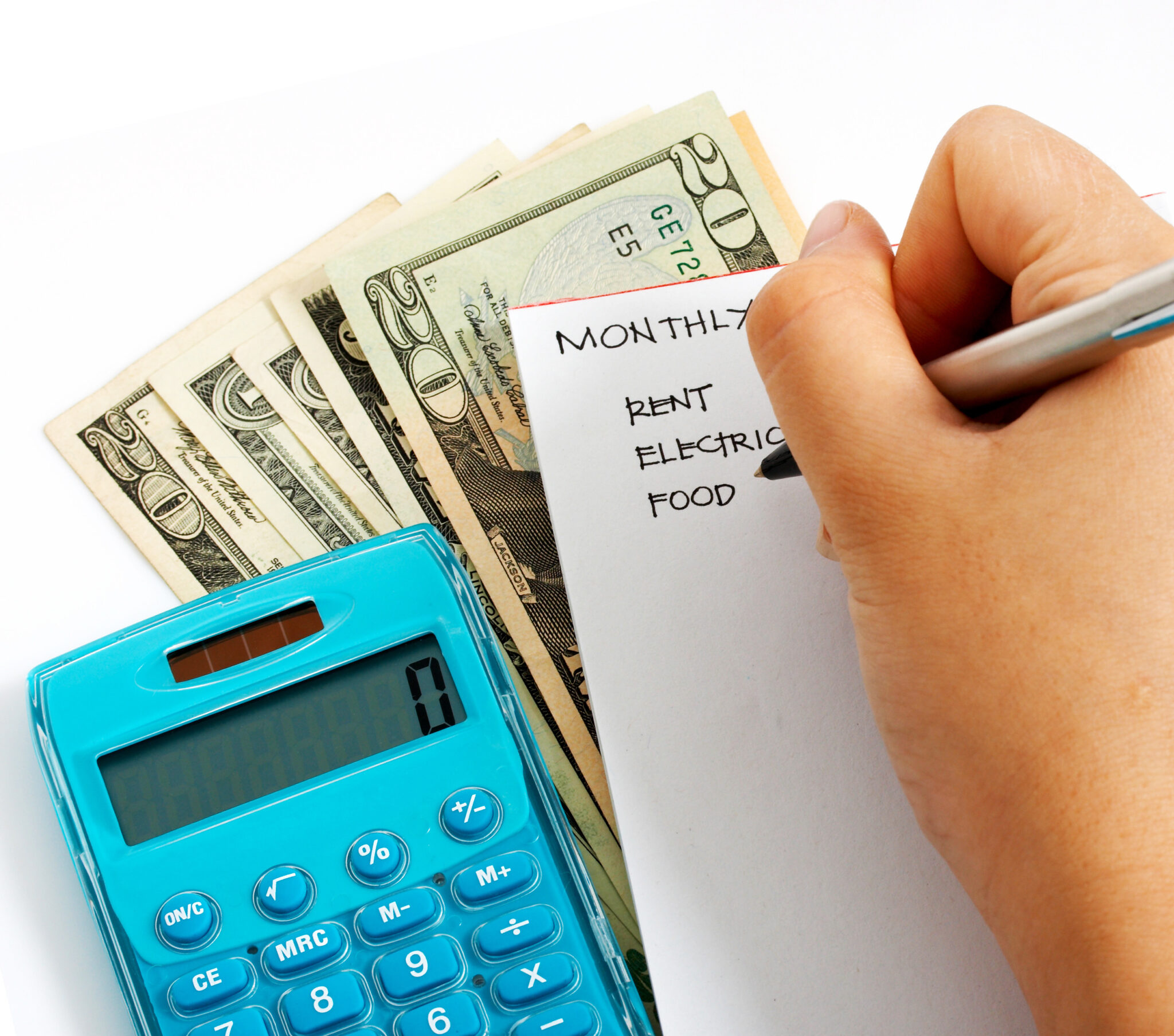A Roadmap for Cash Flow Planning
Posted
on Apr 26, 2023
on Apr 26, 2023
We all know that we need to live within our means and save for the future but with all the competing demands on our cash flow sometimes that can feel overwhelming. It is something that people at every income level struggle with. So being the lifelong learner that I am I decided to have a conversation about cash flow planning with Caroleen Verly of Untangle Your Money. Here are the top 5 takeaways from our discussion.
- Start with the right mindset!
- See a budget less as a restriction and more to enable you to focus on the things you really value.
- Reflect on the last few months of spending, glance through your bank accounts or your credit card statements and see what were the things that you spent money on that you are the happiest about and what spending do you regret.
- Use a tool to reach the truth about your spending.
- Your spending is a complicated web of information. Financial data is flowing through so many places (debit card, credit card, Paypal, Zelle…etc.) and so it can be hard to know how much you are spending.
- A tool will help you take all your transaction information and bring it all into one place so that you reach the truth about what you are spending money on.
- There are many tools out there with a range of set up effort, maintenance effort, and cost. There’s something out there for everybody. (examples: Mint.com, YNAB, Tiller)
- First, know how much you have to spend then build the plan for where you want it to go.
- Calculate your take home after taxes and after all deductions to know how much money you have to spend and save.
- Compare how much you are actually spending and saving with where you want to get to. Create the plan that you want for your money and then figure out how you get from where you are today to where you want to be.
- Be sure you are setting reasonable goals.
- Don’t forget to make a list of annual expenses (we tend to forget about these when planning) and save for those expenses monthly.
- Automate cash flow as much as you can.
- Assigning your money to different categories and then spending it down can be helpful. Set up a system of earmarked bank accounts (examples: monthly bills, annual bills, discretionary spending, emergency fund and vacation fund…etc.)
- Automate the money to flow between the different accounts.
- Aligning your bill due dates to happen within the same two or three days will reduce the number of times throughout the month that you are dealing with bills.
- Have a rule of thumb for whenever you get extra money (example: 10% goes into my emergency fund and 10% goes into my vacation fund and whatever those priorities are for you) Having a rule of thumb ahead of time becomes your blueprint to dealing with extra money.
- Get help if you need it!
- If you do not know where your money is going hiring a professional can help.
- A financial coach can help you get over that initial set up phase which is the hardest part.
- Having an accountability partner can keep you on track.
I hope this post inspires you to work on your spending plan! Getting really good at cash flow planning can make your life less stressful and make you feel more in control. It also can help you spend money on the things that you most enjoy in your life. I personally try to align my spending with my three top money priorities: education, travel, and hobbies. Whenever I have to make a hard decision about spending, I check in with these priorities.
Good luck with your cash flow planning! Please feel free to reach out to me I would love to hear about your successes and your roadblocks.


